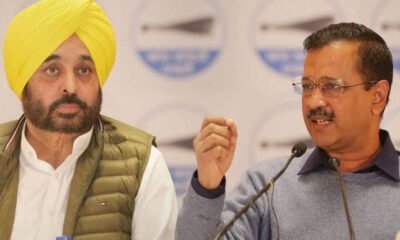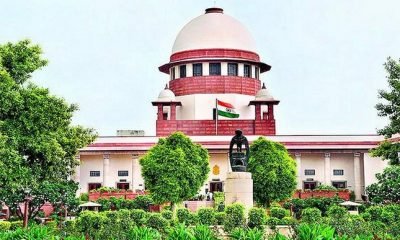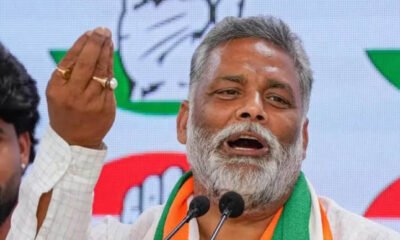Bihar
MNREGA :An effective measure to solve the problems of poverty and unemployment in context with Bihar
ISHIKA ARYA
The success of achieving the goal of sustainable development for this country lies at the heart of empowering rural India where 68.84 percent resides. But the problem of widespread poverty, growing inequality, rapid population growth and rising unemployment all find their origins in the stagnation of economic life in rural areas. Despite more than seven decades of planned economic development, a large part of the population, particularly, segments like women, landless agricultural labourers, marginal farmers ,SCs, STs, OBCs, suffer from social and financial exclusion. As a result,the basic issues of healthcare , sanitation, quality of education, employment and overall quality of life still causes concern for rural India.
It was during the Fifth Five Year plan that removal of unemployment and poverty alleviation programmes was recognised as one of the principal objectives of economic planning in India. Poverty alleviation and employment generation programme have been restructured and redesigned from time to time to make them more effective. In this context,the most effective plan of government for removal of unemployment is the National Rural Employment
scheme ,which was launched to implement the National Rural Employment Guarantee Act which was started from 2nd February,2006. It was extended to cover all the districts of India since 2008. It was renamed MNREGA on 2.10.2009, prefixing Mahatma Gandhi (MG).The act is hailed by the government as “the largest and most ambitious social security and public works programme in the world.” In its World Development Report 2014,the World Bank termed it a “stellar example of rural development.”
The objective of MNREGA is the ‘creation of durable assets and strengthening the livelihood resource base of the rural poor.’ Investments made under MGNREGA are expected to generate employment and increase the purchasing power,raise economic productivity,promote women’s participation in the workforce , strengthen thr rural infrastructure through the creation of durable assets, reduce distress migration,and contribute to the regeneration of natural resources.
MGNREGS recognises the right to work as a legal right. The state government is legally bound to provide employment to a household within 15 days of its demanding work or to pay the unemployment allowance.
Tollywood Actress Suchandra Vaaniya actively reaching out to the Poor amidst the Lockdown
The scheme is universal in that all the rural households can apply for work. In this , MGNREGS follows a demand-driven, rights-based approach that differs from the supply-based approaches by most earlier public work schemes. It is closest in spirit to the Maharashtra Employment Guarantee Scheme (MEGS) initiated in the 1970s.
Bihar is the third largest, poorest and most densely populated state in India with a population of 104 million,which is 8.6% of India’s total population. It is the largest state after U.P and Maharashtra. In 2009-10,more than half (55 percent) of the rural population lived below the poverty line. Poverty rates have remained persistently high. Bihar is predominantly a rural state. The average level of urbanization in India is low,but it is even lower in Bihar with only 11.3 percent.
The state has one of the highest levels of rural landlessness and fragmented land holdings in the country. Because of its topographic and climatic conditions, Bihar is also vulnerable to natural disasters. About 73 percent of the state’s geographical area is flood prone, particularly in the north.
Through provision of employment opportunities, MNREGA is also expected to decrease the out-migration of labour in Bihar,both rural to urban and inter-state.
147.5 lakh job cards were issued in Bihar in 2017-18. The total employment generated was 817.3 lakh person-days in 2017-18.
Trump Fires Atkinson, the Man who triggered his Impeachment
The particular position aspect of this employment programme is that the share of women labourers in total employment has increased to 46.6 percent in 2017-18.
Finally,it might be noted that the extent of fund utilisation under this programme in 2017-18 was at a high level of 92.1 percent.
Among different categories of works under MNREGA,the drought proofing accounted for more than 25 percent of the work in all the years except 2016-17 and 2017-18. Similarly, the rural connectivity also accounted for more than 25 percent of the work in all the years except 2014-15 and 2015-16.
NREGA has been criticised for leakages and corrupt implementation. It has been alleged that individuals have received benefits and payment for the work that they have not done,or have done only on paper, or are not poor. In 2014-15, only 28 percent of the Panchayats made payment in time to workers.

























